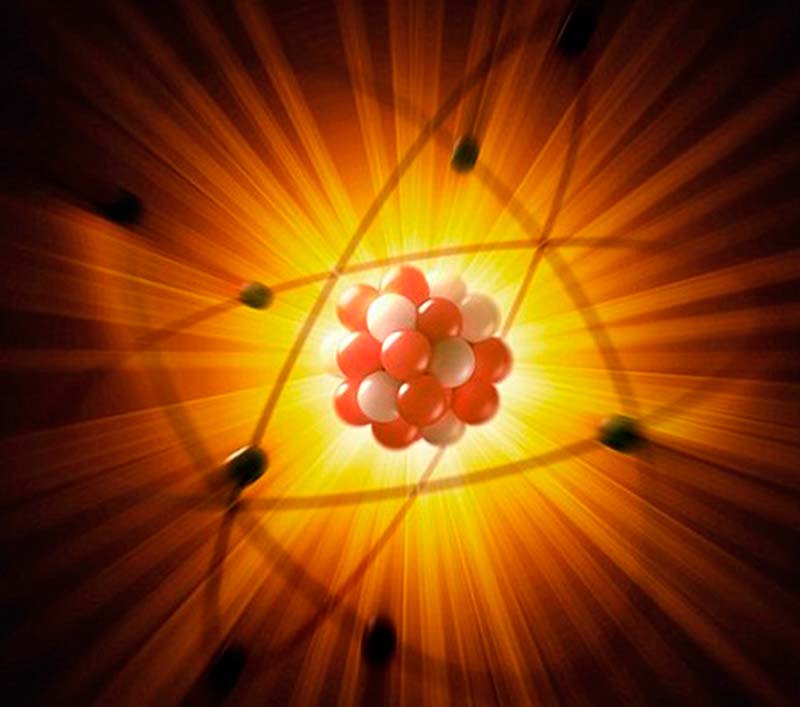
The Isotopes Research and Production Department was established in 2010. The department is engaged with creation and development of technologies to produce radioactive isotopes for medical purposes and with handling of production process itself.
In its first years of establishment, the Department has developed a technology for the production of 99mTc and 123I radioisotopes and has managed its pilot production based on the AANL (YerPhI) linear electron accelerator.
In 2013 the full chain of 99mTc development and production on the basis of IBA C18 cyclotron started using the enriched 100Mo target. This includes development of technologies for target preparation and laser processing, target cooling system, technologies for safe evacuation system of irradiated target from target module, 99mTc filtering technology from irradiated target and expensive 100Mo target recovery technology.
In 2019 with the efforts of the Department staff, the IBA C18/18 cyclotron started to operate in the facility nearby the AANL and the extracted beam-line was directed to a separate experimental hall, which creates new directions and opportunities for scientific, experimental and research purposes. The first cyclotron-based irradiation of Mo target was successfully done at the end of the year 2019.
Moreover, the Department has started the development of technologies to produce other medical isotopes such as 67Ga, 68Ga, 67Cu and 64Cu. The related findings are presented in the student employees’ dissertations and Master's theses.
The applied physics group within the Department is engaged with applied research on the electron accelerator. In particular, the group provides high-intensity electron beam (up to 4 MeV energy) irradiation of plastic connector tubes used in the production of cables.
The X-ray engineering group is involved with development of a digital X-ray detector to produce 3D images, with improvement of scintillation thin plates based on YAG:Ce and GGG:Ce, with development of a digital system to create detectors and X-ray images with a large imaging surface and a spatial resolution of 50 μm. The group also conducts research on radiation resistance of scintillators depending on existing heavy metal concentration.
Physicists, engineers, laboratory assistants and technicians are fully involved with the Department activities, and many students from higher educational institutions (Yerevan State University, National Polytechnic University of Armenia, Russian-Armenian University) actively participate in scientific activities of the Department already as staff members. Isotopes research and production department staff regularly participates in conferences, trainings and summer schools popular in their field. Their scientific papers are published in highly ranked scientific journals.
Learn more
